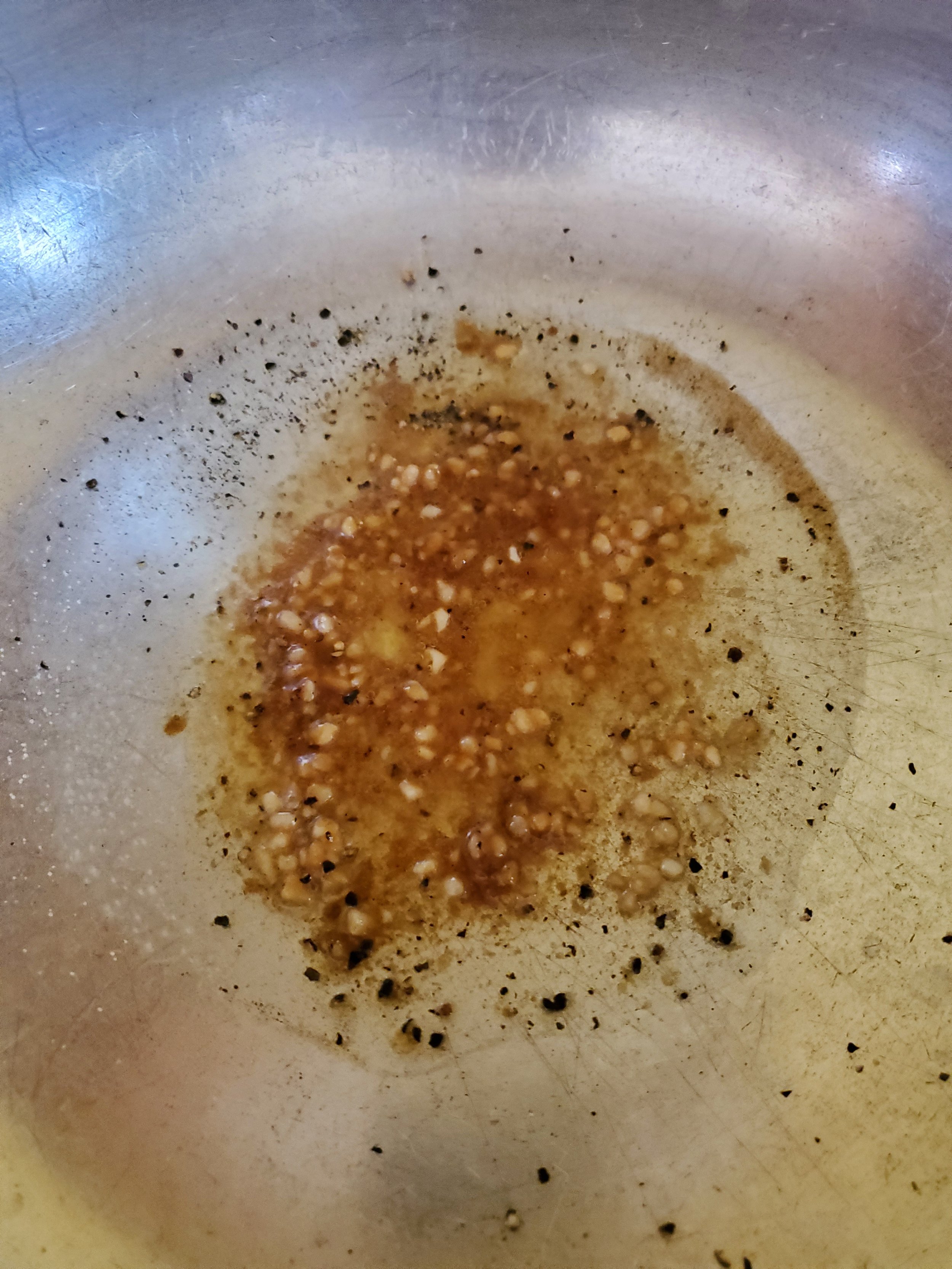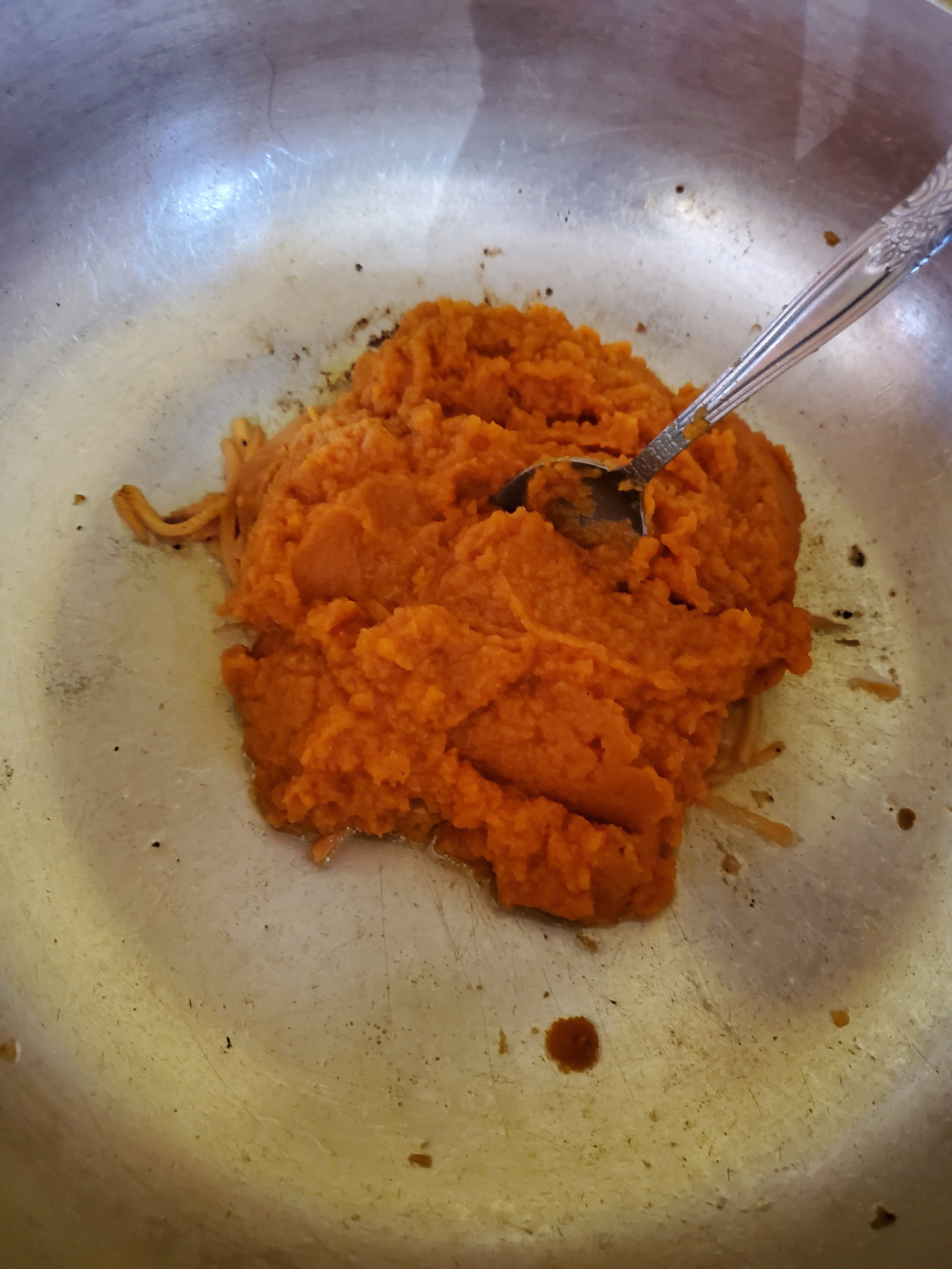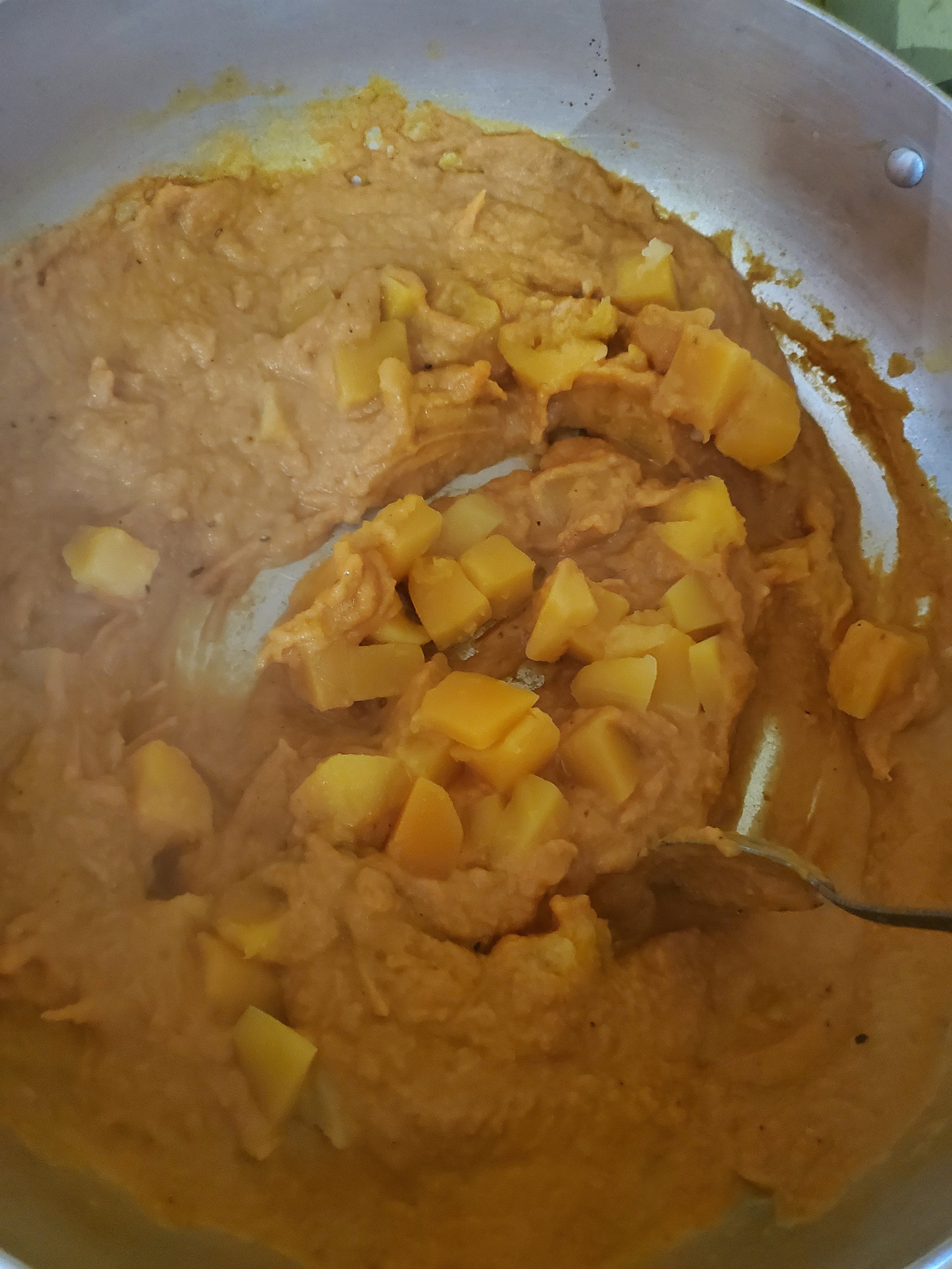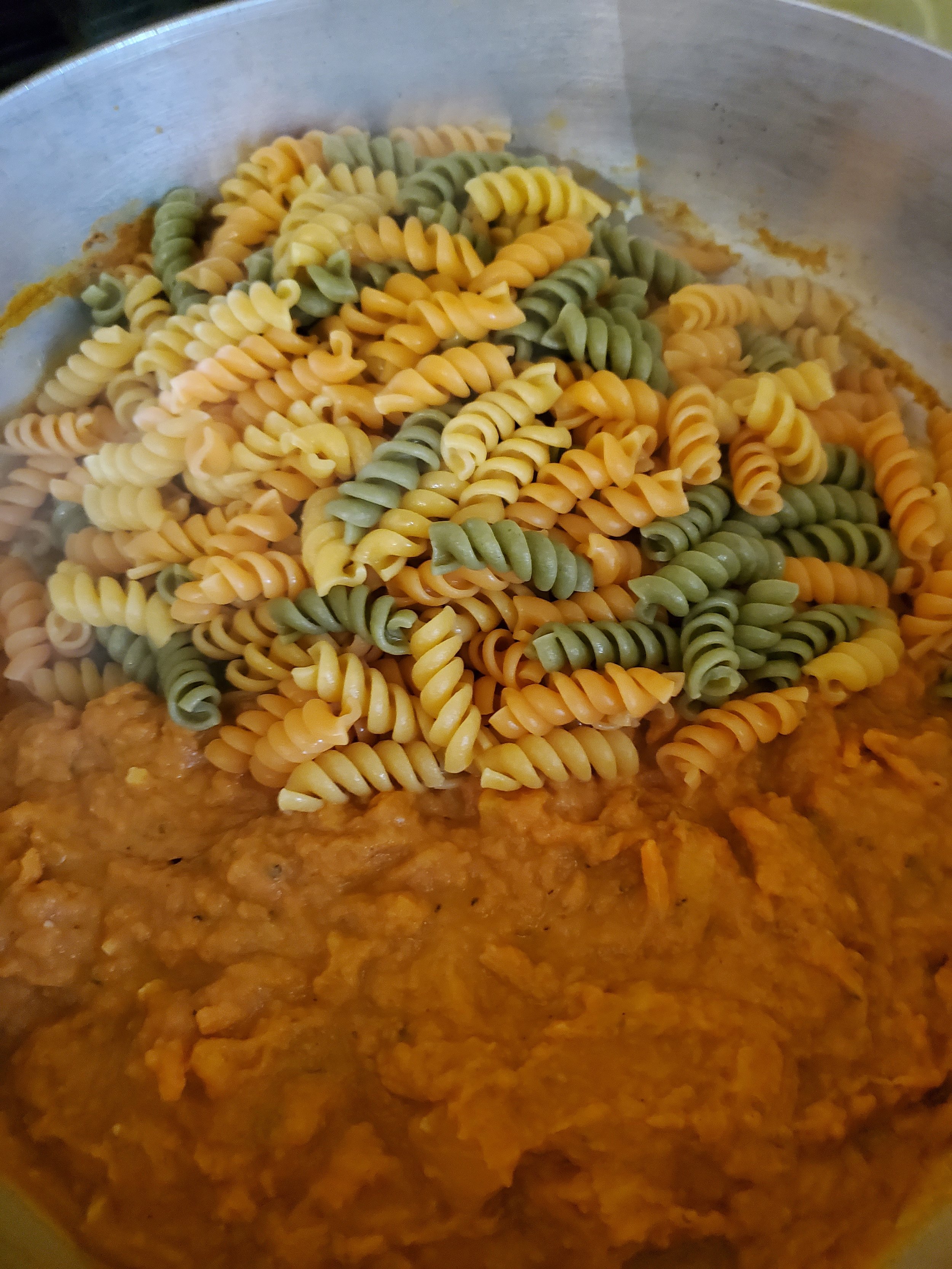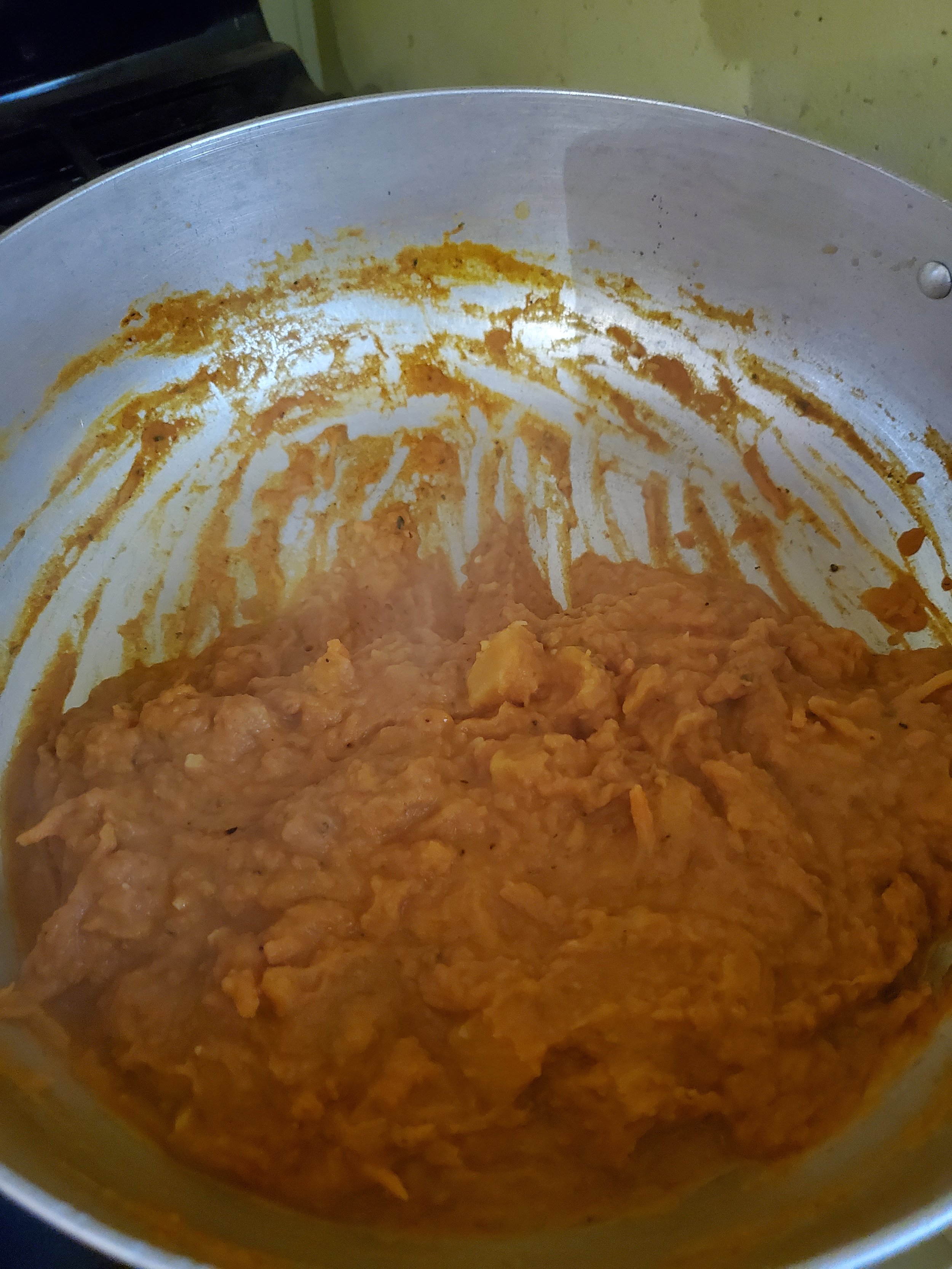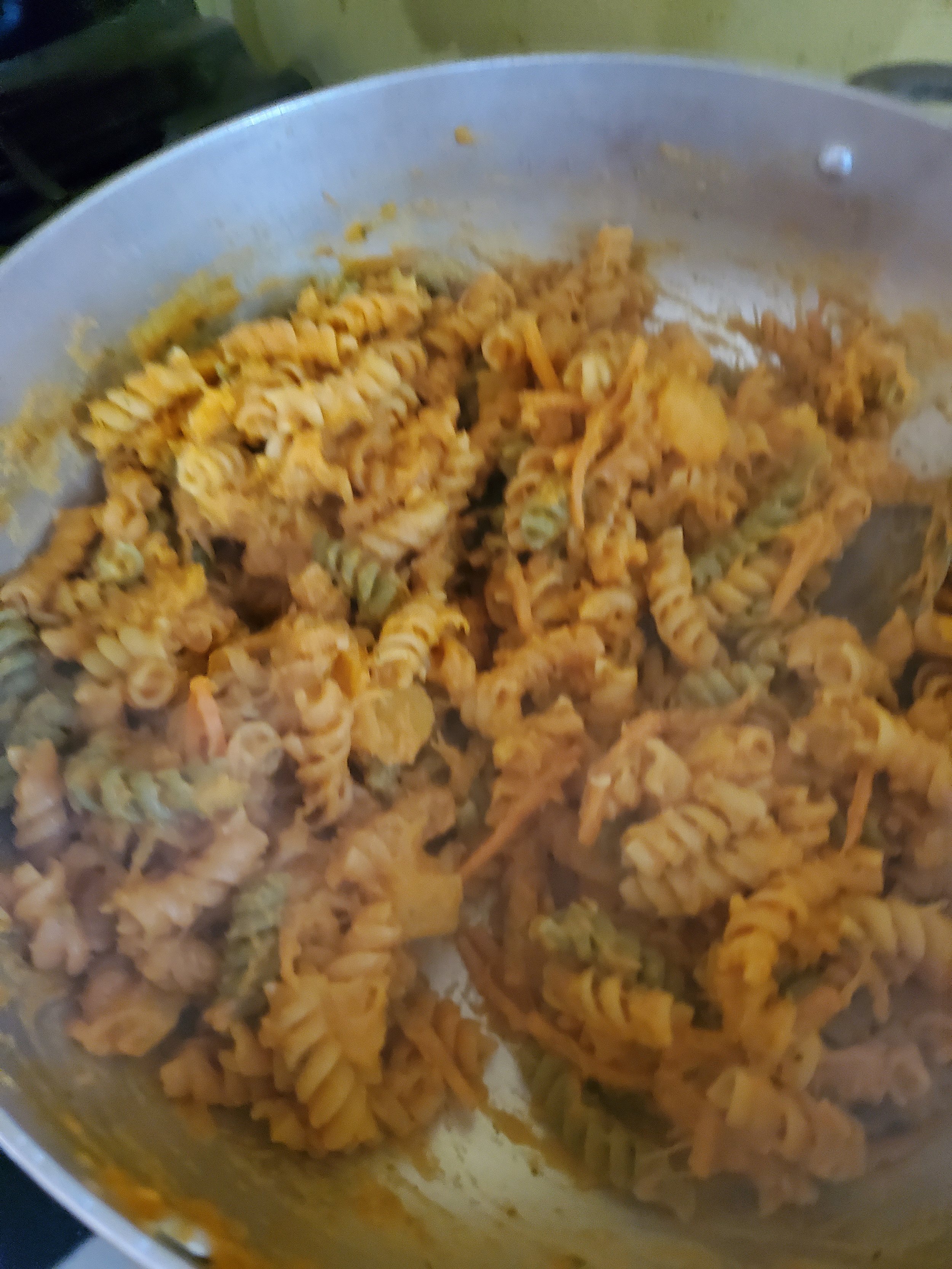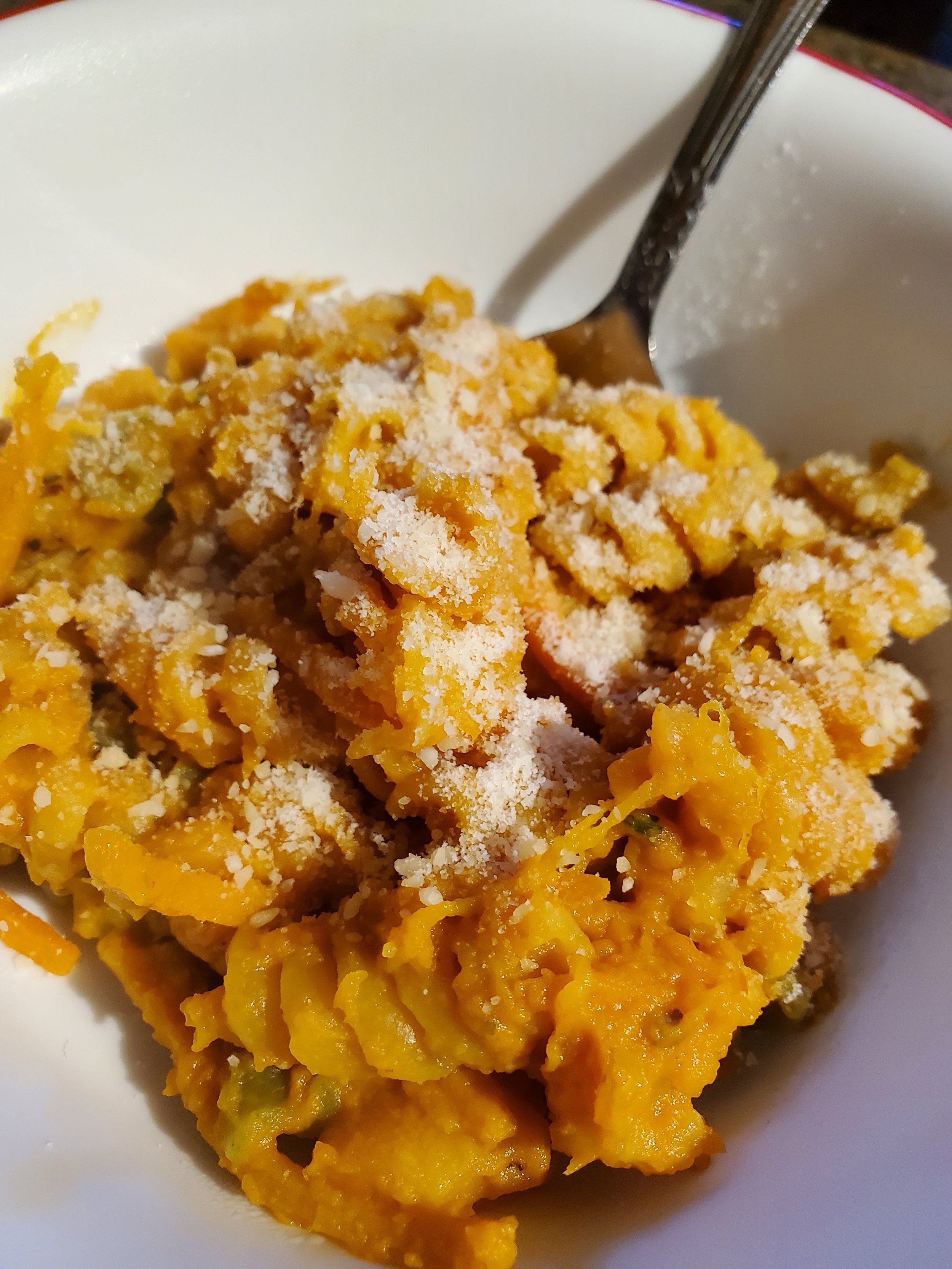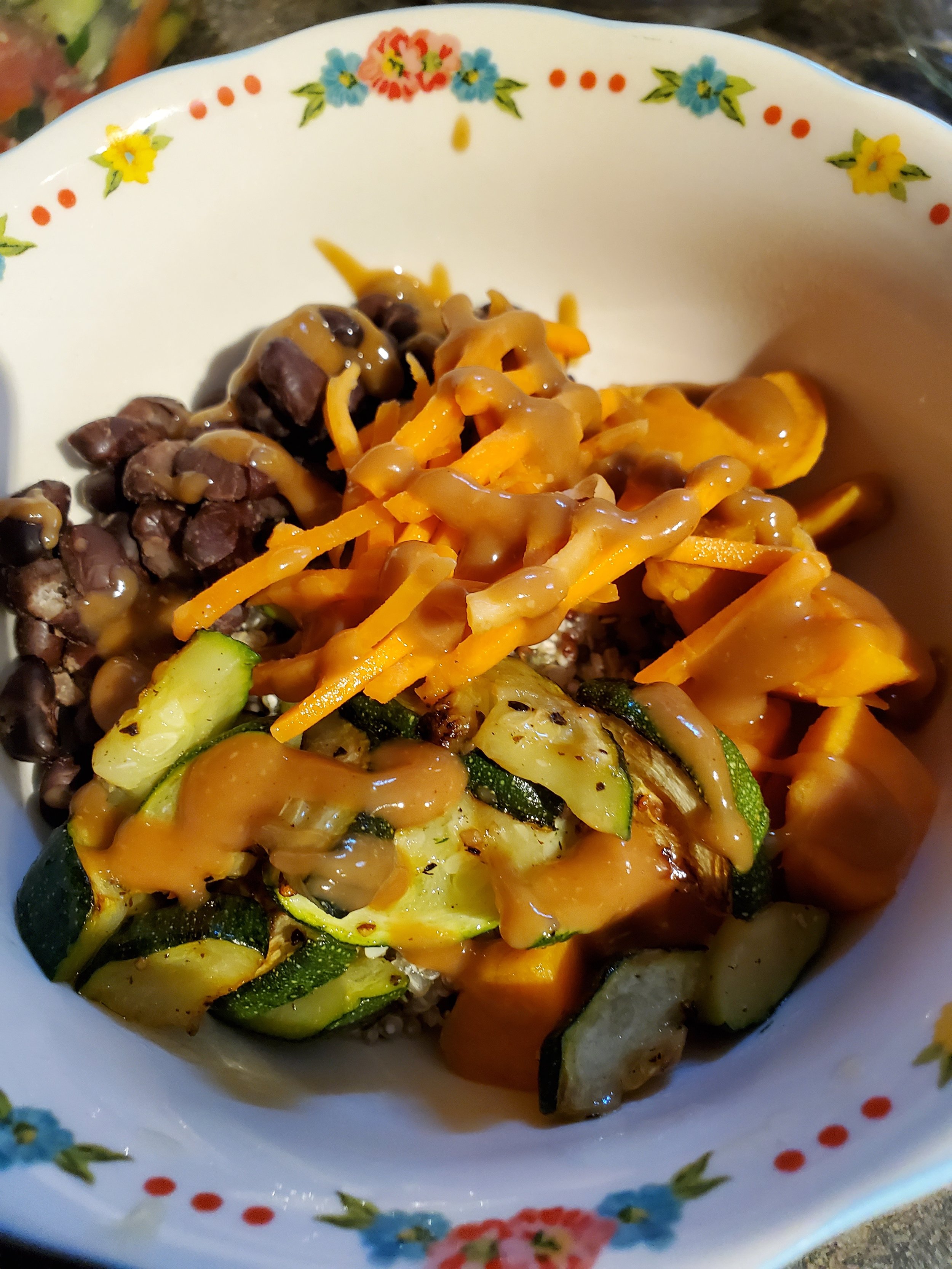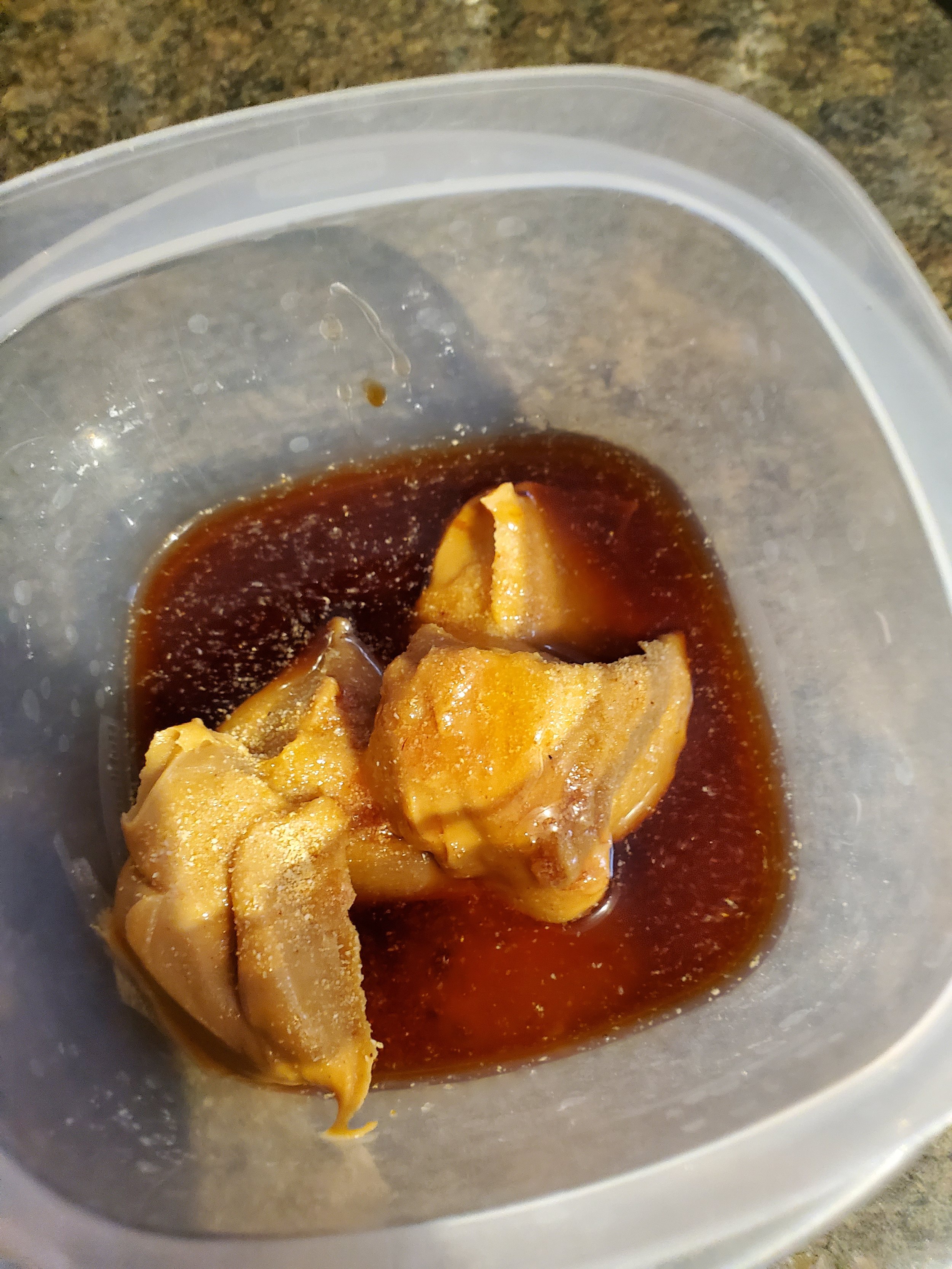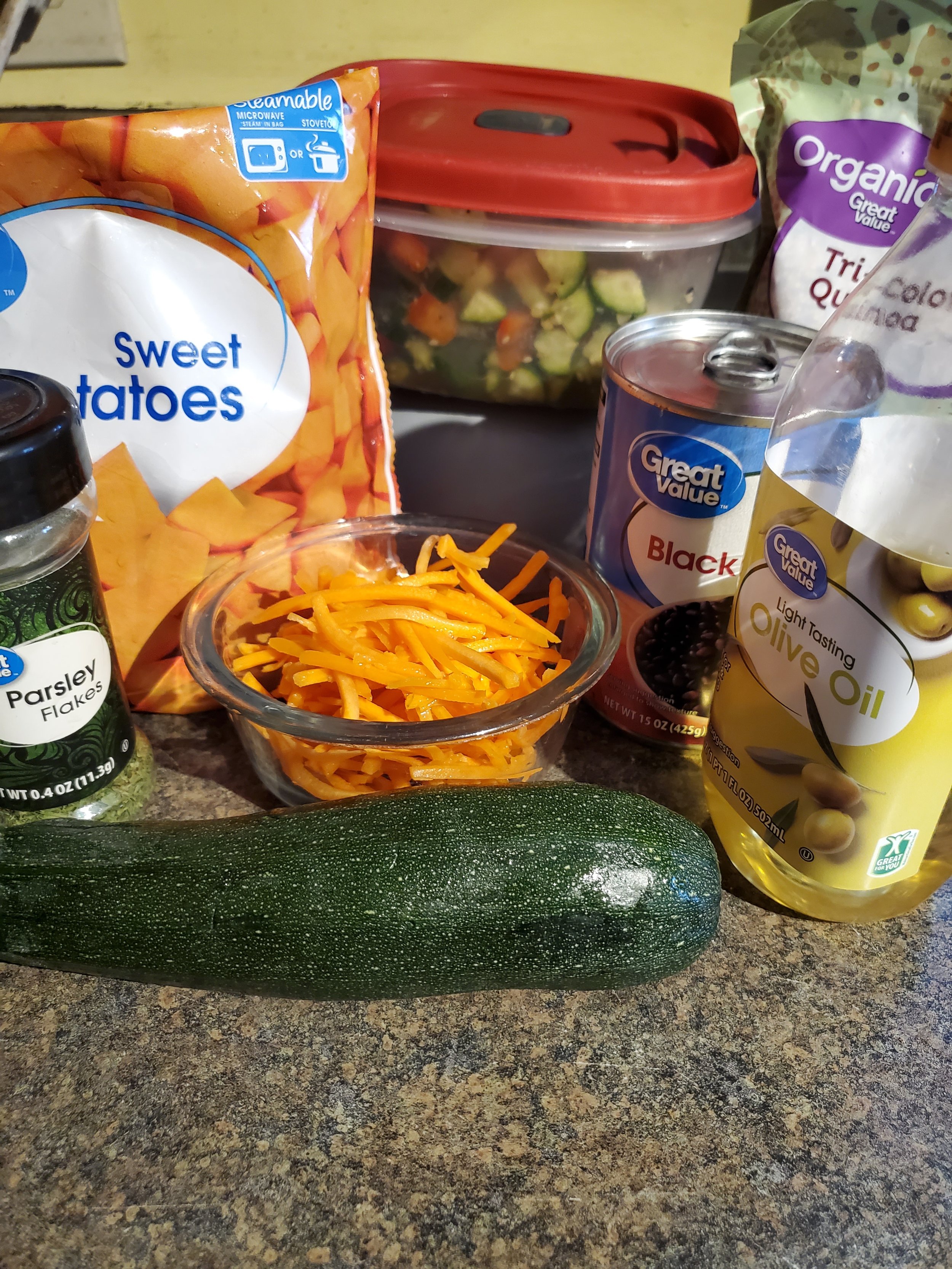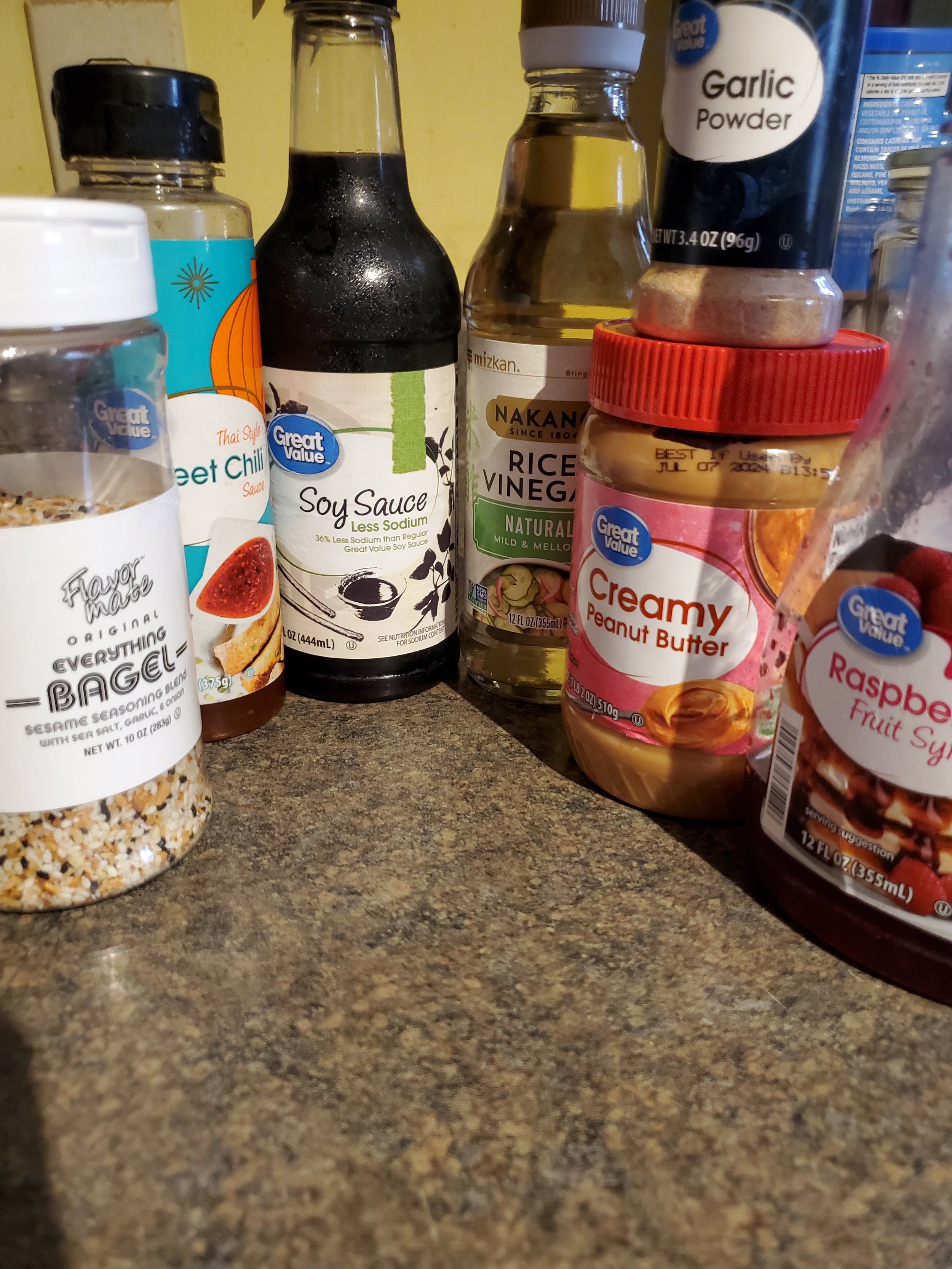Discover the Cozy Comfort of Homemade Potato and Leek Soup
The colder the weather, the more likely we are to have soup on the table for lunch or dinner. We're sure you've heard it before, but we always do seem to transition to soup as a staple around November.
There are a great many types of soups to choose from, so we rarely feel bored with them. This one is hearty and heavy and sneaks in some veggies. Feel free to use it as a sauce over some grilled chicken if you prefer a larger portion of protein. As the recipe is here, if divided into eight servings, each serving will have just under five grams of protein. Anyone on a higher protein diet should make some tweaks.
Ingredients
2 tablespoons olive oil
1 teaspoon marjoram
2 tablespoons thyme
1 tablespoon parsley
cracked black pepper to taste
2 leeks, white only
4 cups chicken broth
1 cup instant potatoes
1 cup half and half or whole milk
Tools
large, heavy-bottomed pot
measuring cups and spoons
spoon or ladle
knife
cutting board
blender
As always, begin by washing the veggies! Those leeks will harbor a lot of hidden dirt, so a surface wash isn't going to do the trick. Definitely give it a surface wash anyway, then grab your cutting board and knife.
Since we're only using the white part of the leek here, go ahead and trim off the leafy part. You can save it to make some soup stock later, or (if you're less soup-obsessed than we are) you can just toss it. Once the leafy part is removed, trim off the root end and make a lengthwise cut up the length of the leek. You don't have to cut all the way through; we only normally cut to about the halfway point. The goal is to create some space to fan the layers enough to let water flow through. Then just hold your leek under cool running water until you've rinsed out all the layers. You can give it a little squeeze if you think it's holding on to some water. Repeat with the second leek.
Return to the cutting board and get chopping. We usually just target quarter inch thin rounds, but it really doesn't matter how you cut your leeks. They'll just be going into the blender later.
While you work on the leeks, pour your olive oil into the heavy bottomed pot and add your dried spices. Let them simmer in the oil on low heat for a few minutes while you chop.
Once the leeks have been chopped, give them a quick once-over looking for any dirt you missed. If you find anything, there's a good chance there's more than you see at the moment. It's safest to just toss the cut leeks into a colander and run them under the tap one more time. Dirt will really ruin dinner, so definitely double check before moving on.
After you're sure there isn't any dirt left, go ahead and add the leeks to the pan. Let them saute with the oil and spices for five minutes.
Once your five minutes are up, cover the leeks with the chicken broth, give it all a stir, and let them simmer for another 15 to 20 minutes. Feel free to find another quick task to take care of. Soup is forgiving like that.
The next step will be to remove the pot from the heat. Let it cool off for about ten minutes. Putting really hot things into a blender is a recipe for disaster, so do not skip this step or try to hurry it along.
After your short cool down is finished, pour the leeks and broth into the blender. Make sure you get all the leek pieces out of the pot and into the blender. Put the lid in place and hit puree, or whatever similar function your blender has. Let it whirl until you're sure the big chunks are broken down. If you started with larger pieces of leek, this step may take a little longer - but with quarter inch slices, we ran the blender for a minute and a half.
Empty the blender back into the pot, and turn the heat on as low as it will go. Measure your instant potato flakes and add them slowly to the pot, stirring them in as you go. You'll get a pasty consistency once they're all added, but don't worry; there's one more step.
As the soup comes up to heat again, stir in the milk or half and half. We used one cup here, but if you'd prefer your soup be a little thinner, feel free to add more, or to give it some additional chicken broth. Again, soups are forgiving. Do what you will.
Serve it in a crock with some cheese melted on top like a French onion soup, serve a shallow bowl with breadsticks or toast, pour it over a protein, keep it as a side for dunking vegetable sticks...
Now, if you find yourself in a situation where your trusty kitchen appliances are in need of a little magic, just like the enchantment we bring to your recipes, remember that our expert repair technicians at Appliance Rescue Service are here to ensure your appliances continue to work like a charm. You can reach out to us at our website or by giving us a call at ((214) 599-0055). A glitch in your kitchen tools doesn't have to cast a shadow on your culinary adventures. Reach out to us, and we'll have your appliances humming smoothly once more, ensuring your soup-making endeavors remain effortless and the flavors of your creations truly enchanting. Wishing you many warm and delightful soup-filled days ahead!
Additional Reading
Sausage Bread to Get You Rolling












